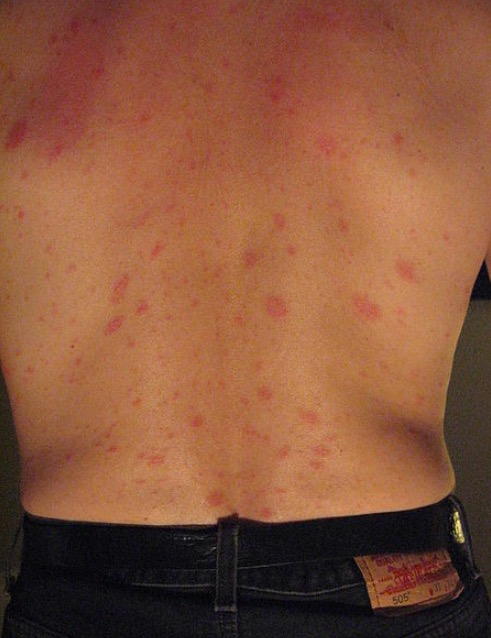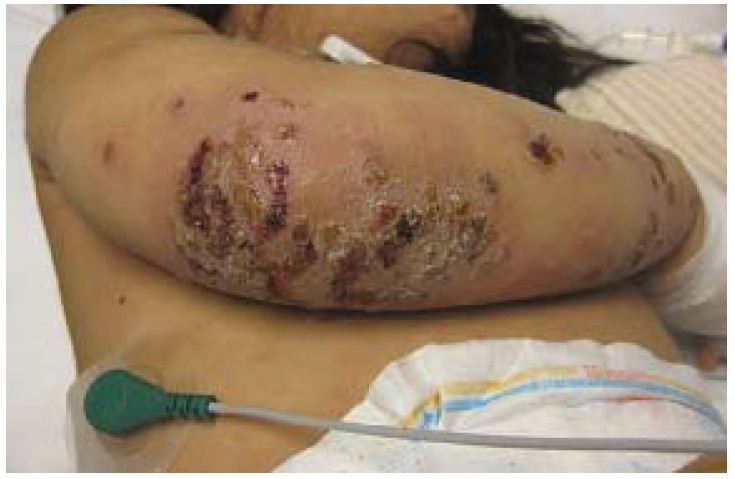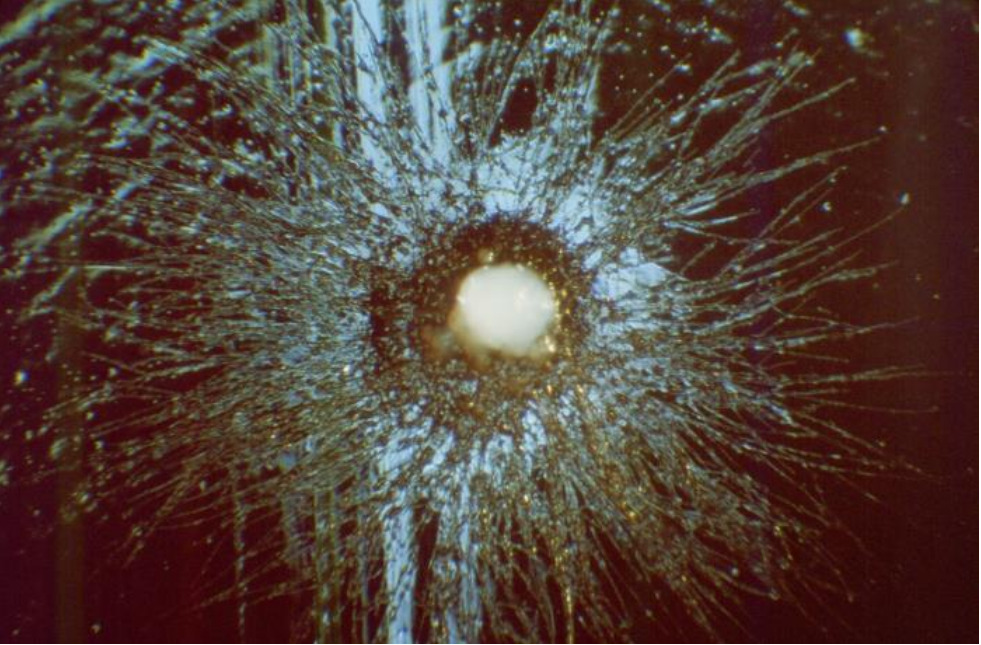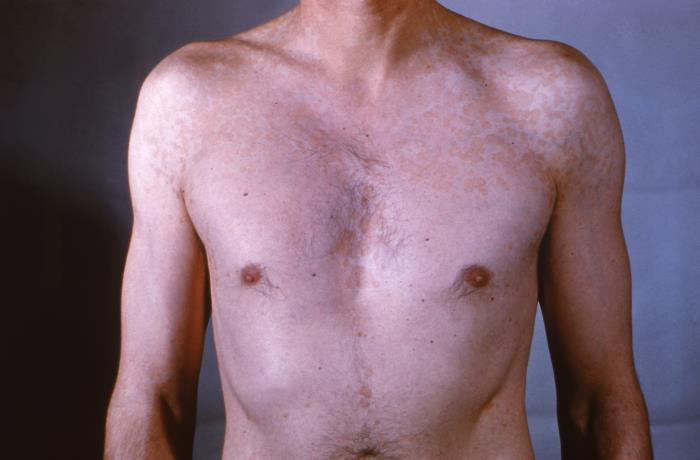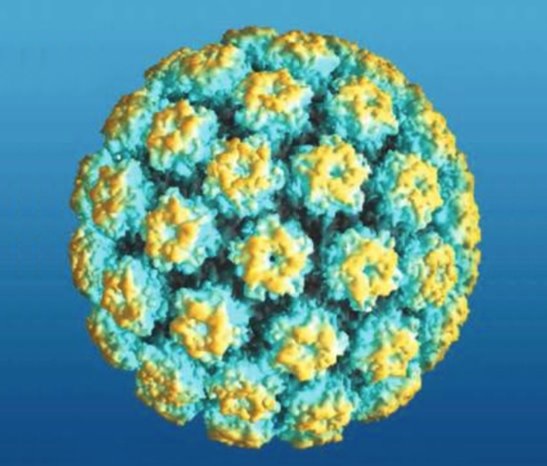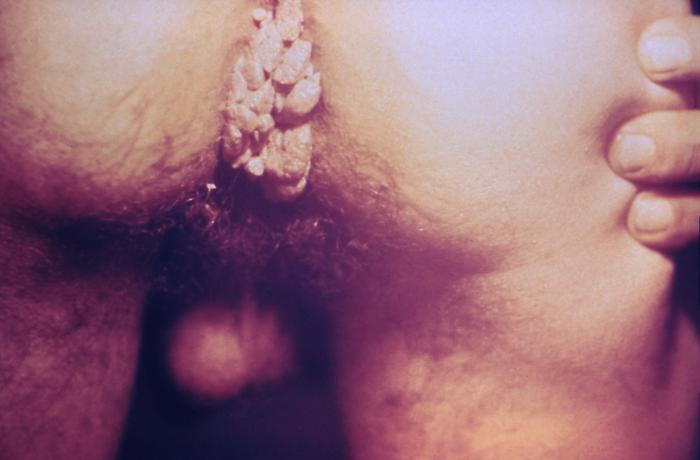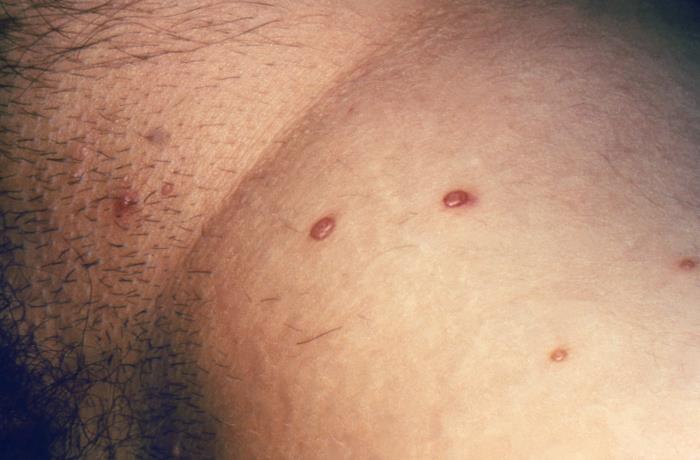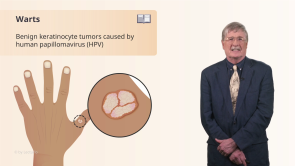

Infection Conditions of the Skin
by Richard Mitchell, MD, PhDThe ability to recognize and properly manage skin infections is a fundamental skill in clinical practice, as these conditions are among the most common reasons patients seek medical care. Understanding the distinct characteristics of viral infections like warts and molluscum, bacterial infections such as impetigo, and various fungal infections enables healthcare providers to make accurate diagnoses and select appropriate treatment strategies. This knowledge is particularly crucial as proper identification and timely intervention can prevent spread of infection and potential complications.
Course Details
- Videos 5
- Duration 0:33 h
- Quiz questions 17
- Concept Pages 7
